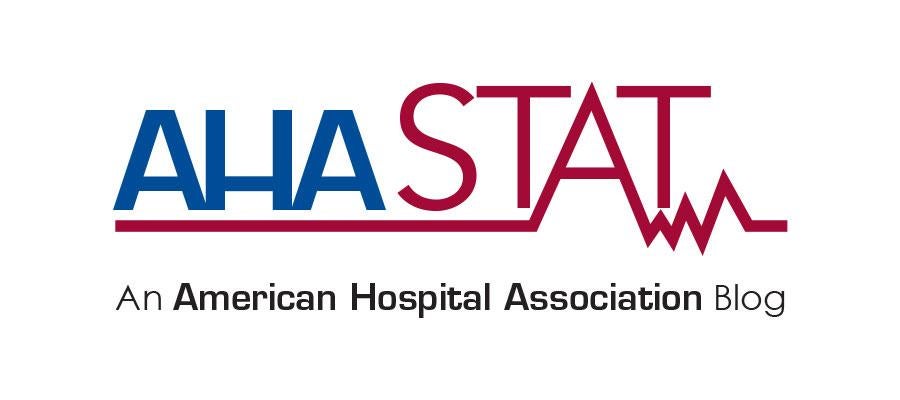Recent Study on Pandemic Funding Narrow and Incomplete

America’s hospitals and health systems, regardless of size, location and ownership type, provided essential care to their patients and communities during the pandemic. Congress recognized the critical role hospitals play as the backbone of our health care system and swiftly took steps in the early days of the pandemic to provide support to ensure hospitals would remain resilient. These funds were for hospitals to use to prevent, prepare for, and respond to COVID-19, including by setting up alternative care sites, procuring testing, administering vaccines and supporting their workforce, to name a few examples.
Importantly, each hospital and health system came into the pandemic with their own unique financial situation, which this recent study published in JAMA fails to acknowledge. In addition, the study suffers from several methodological setbacks that undermine its credibility. These include:
- An extremely narrow definition of financial distress. The authors determined a hospital to be new financial distress during the pandemic “if it had both (1) a weighted average net operating income across 2020/2021 that was negative and (2) the weighted average 2020/2021 net operating income was less than the hospital’s pre-2020 weighted average net operating income.” Therefore, a hospital that saw a large drop in operating margins during the pandemic but that was still at or slightly above breakeven would not be considered “in distress.” This is an overly restrictive way to define “financial distress,” and ignores other serious pressures facing hospitals during that period.
- Not including 2022, which was the worst financial year of the pandemic, due to a rapid increase in expenses for supplies, labor, drugs, equipment and other goods and services. 2022 also included the Omicron surge with some of the highest patient volumes of the pandemic. No new relief funds were applied for this period, and more than half of hospitals experienced negative margins. Even now in 2023, nearly half of hospitals are still seeing negative operating margins. Drawing conclusions about the finances of hospital and health systems during the pandemic based on data that do not include that timeframe are immediately flawed.
- Undercounting the number of Medicaid DSH hospitals dramatically. The authors report a much smaller number of Medicaid DSH hospitals than are reported by MACPAC, or even are included in CMS' annual DSH report data. These differences are not adequately explained in the article, which raises questions about the data sources and methodology used in the analysis.
In sum, the authors have essentially taken a snapshot of a limited time and drawn far more sweeping conclusions than is appropriate. The authors half acknowledge this weakness by stating in the limitations:
“Though this represents the first two years of the COVID-19 PHE, results may not generalize after 2021. For example, the HRSA COVID-19 Uninsured Program, which reimbursed health care entities caring for uninsured individuals with COVID-19, was insolvent by fall 2022; this analysis may therefore underestimate the 2022 and 2023 risk of PHE financial distress for hospitals that disproportionately care for larger numbers of uninsured patients.” (Emphasis added.)
Implicit in the study seems to be an assumption that the policy goal of pandemic relief should have been widespread negative operating margins across all hospitals. The fact that hospitals were buoyed by relief funds in 2020 and 2021, especially before the depths of extreme financial pressures in 2022, should be seen as a policy success.
Incomplete analyses like this are not reflective of the many immense struggles and challenges the hospital field has faced and continues to face, including a workforce shortage crisis, along with skyrocketing input costs for supplies, equipment, drugs and labor, and persistent inflation. It is in everyone’s interest to keep hospitals strong and our patients healthy.
Aaron Wesolowski is the American Hospital Association's vice president of policy, research, analytics and strategy.

